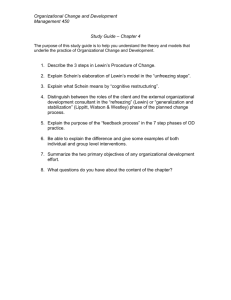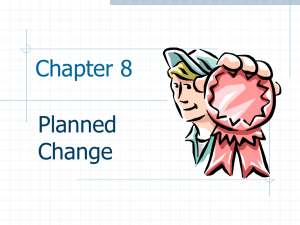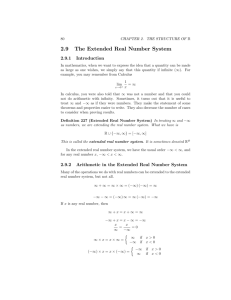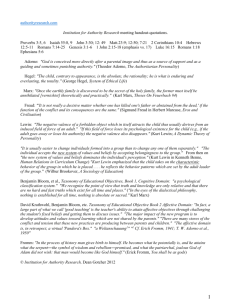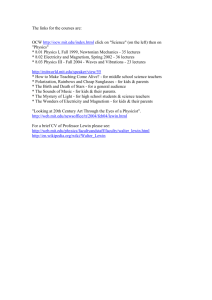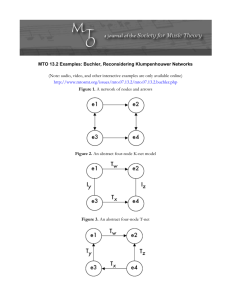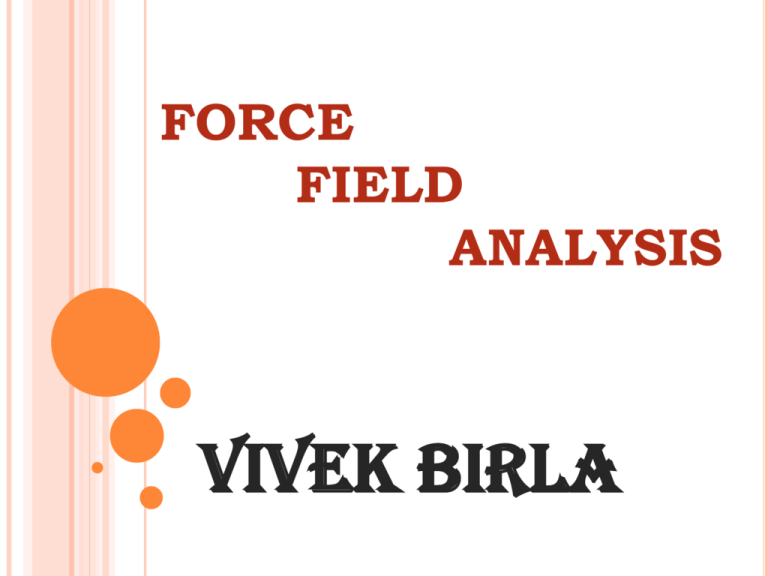
FORCE
FIELD
ANALYSIS
Vivek Birla
CONTENTS
INTRODUCTION.
CONCEPT BEHIND IT.
LEWIN’S VIEW.
DIAGRAMMATICALLY EXPLAINATION.
STEPS OR PROCESS.
PURPOSE.
SKILLS REQUIRED.
MATERIALS REQUIRED.
USES OF THIS MODEL.
CONCLUSION.
REFERENCE.
Kurt Lewin [1890 - 1947]
Kurt Lewin was an
American psychologist
and having contributed
to science group
dynamics & action
research, but perhaps
he is being well known
for developing force
field analysis
Introduction
An Introduction……
Force
field
analysis
is
an
influential development in the
field
of
social
science.
It
provides
a
framework
for
looking
at
the
factors
(forces)
that
influence
a
situation,
originally
social
situations. It looks at forces
that
are
either
driving
movement
toward
a
goal
(helping forces) or blocking
movement
toward
a
goal
Lewin’s Three-Step Model of
Lewin Organizational Change
Force field analysis is a management technique developed
by Kurt Lewin, a pioneer in the field of social sciences, for
diagnosing situations.
Lewin assumes that in any situation there are both driving
and restraining forces that influence any change that may
occur:
Driving Forces
Restraining Forces
Equilibrium
Understanding the Pressures for..
Favor & Against Change
Force Field Analysis is a useful technique for looking
at all the forces for and against a decision. In effect, it
is a specialized method of weighing pros and cons.
By carrying out the analysis you can plan to
strengthen the forces supporting a decision, and
reduce the impact of opposition to it.
Purpose
Defining Concept of “Field”……
For Kurt Lewin behavior was determined by totality of an individual’s
situation.
In his field theory, a ‘field’ is defined as ‘the totality of coexisting facts which
are conceived of as mutually interdependent’.
Individuals were seen to behave differently according to the way in which
tensions between perceptions of the self and of the environment were
worked through. The whole psychological field, or ‘life space’, within which
people acted had to be viewed, in order to understand behavior. Within this
individuals and groups could be seen in topological terms (using map-like
representations). Individuals participate in a series of life spaces (such as the
family, work, school and church), and these were constructed under the
influence of various force vectors (Lewin 1952).
Analytical Purpose
FFA is an analysis technique to identify forces that either drive or
restrain planned change aimed at solving a problem in an
organization. It is a creative activity that can be used by needs
analysts as they focus on solutions which
will help an
organization make a transformation from the ‘current (problem)
state’ to the ‘desired (solved) state’ as they identify interventions to
improve performance.
FFA can be used to:
Identify
the forces which support change as well as those which will act against it.
Assess
the causes of performance problems or inhibitors to business opportunities.
Evaluate
the relative strength of forces that affect alternative solutions to performance
problems or business opportunities.
Help
analyze and prioritize solutions to problems or areas needing improvement.
Field Force Process is …
Unfreezing--melting away
resistance
Change--departure from the
status quo
Refreezing--change becomes
routine
WHY TO USE?
Force-field analysis focuses our attention on ways of reducing
the hindering forces and encouraging the positive ones.
When to Use It:
It helps team members to view each case as two sets of off
setting factors. It can be used to study existing problems, or
to anticipate and plan more effectively for implementing
change.
In problem analysis, force-field analysis is especially
helpful in defining more subjective issues, such as morale,
management, effectiveness, and work climate.
How to Use It:
Step 1. State the problem or desired state and
make sure that all team members understand.
Step 2. Brainstorm the positive and negative
forces.
Step 3. Review and clarify each force or factor.
What is behind each factor? What works to
Force-field Model of Change
Desired
state
Restraining forces
Status quo
Driving forces
Time
McGraw-Hill
© 2004 The McGraw-Hill Companies, Inc. All rights reserved.
How to Carry it
Carrying Out a Force Field Analysis:
To carry out a force field analysis,
follow the following steps:
List all forces for change in one column, and
all forces against change in another column.
Assign a score to each force, from 1 (weak) to
5 (strong).
Draw a diagram showing the forces for and
against, and the size of the forces.
DIAGRAM
Force Field Diagram
A model built on this idea that forces persons, habits, customs, attitudes - both
drive and restrain change. It can be used at
any level (personal, project, organizational,
network) to visualize the forces that may
work in favor and against change initiatives.
The diagram helps its user picture the "tugof-war" between forces around a given
issue.
Example for
F.F.A
The
Force Field Analysis is a method to:
Investigate
the Balance of Power involved in
issue
Identify
the most important player (Stake
holder) & target group for the campaign on
the issue
Identify
opponents and Allies
Identify
how to influence each target group
HOW TO CONDUCT:
Following steps are taken:
Describe the current situation .
Describe the desired situation .
Identify where the current situation will go if
no action is taken .
List all the forces driving change toward the
desired situation .
List all the forces resisting change toward
the desired situation .
Discuss and interrogate all of the forces:
are they valid?
Skills Required:
There is no special training for this tool just good listening skills and the ability to
capture comments and help the group to distill
them into an action plan that minimizes/ removes
the negative forces and maximizes the positive
forces. Force Field Analysis is best run by someone
who has been involved in the topic under discussion
or is familiar with the subject area.
Materials required:
A flip chart and pens are required. You can
also use 'post-it' notes instead of arrows and
use a brainstorming technique such as a
nominal group to derive a comprehensive list of
forces before as a group posting them to a
main board for discussion.
Advantages
&
Limitations
of
F.F.A.
Advantages of Force Field
Analysis
Brings
into the open factors which will
work for and against the closing of a gap
Identified by a needs analysis.
Helps to recognize circumstances which
can and cannot be changed.
Provides a means to analyze ways to
minimize or eliminate barriers to goal
attainment.
The Limitations of
Force Field Analysis
Process
is subjective and requires
collaborative thinking and agreement
Concerning forces for and against the
solution to a particular problem.
May oversimplify the relationships
between factors that impact a problem.
All aspects of a problem may not be
identified.
The Principal Characteristics of Lewin's field theory
is summarized as follows:
1.Behavior is a function of the
field that exists at the time the
behavior occurs.
2. Analysis begins with the
situation as a whole from which
are differentiated the
component parts.
3. The concrete person in a
concrete situation can
represented mathematically.
Conclusion:
This tool has a long history and still maintains
its utility despite its apparent simplicity. Use it
when your team is blocked in some way or you
need to see the wider picture in a change
program. It is an essential tool in the armory of
a consultant and despite its simplicity is a
profound way of looking at an organization

